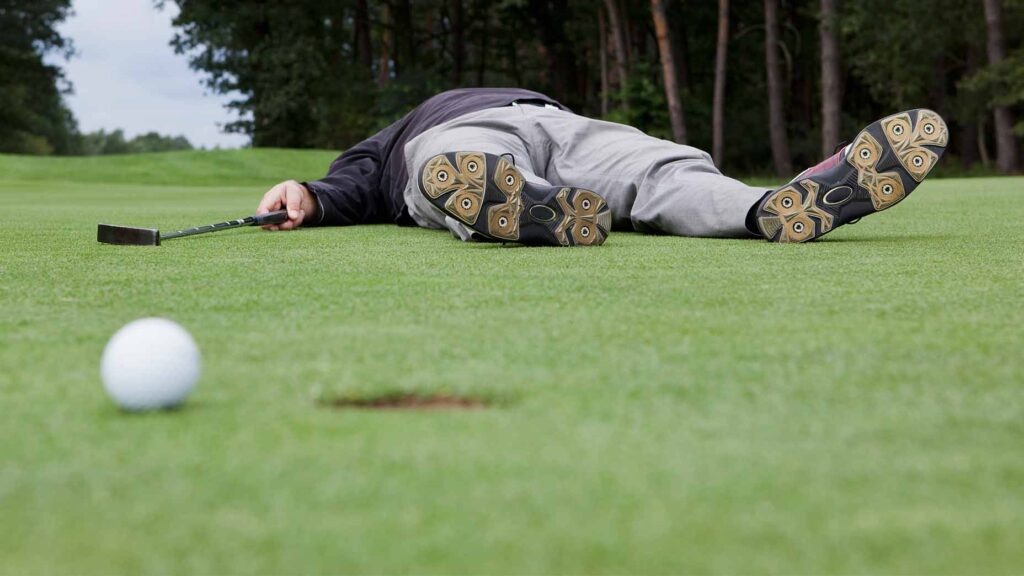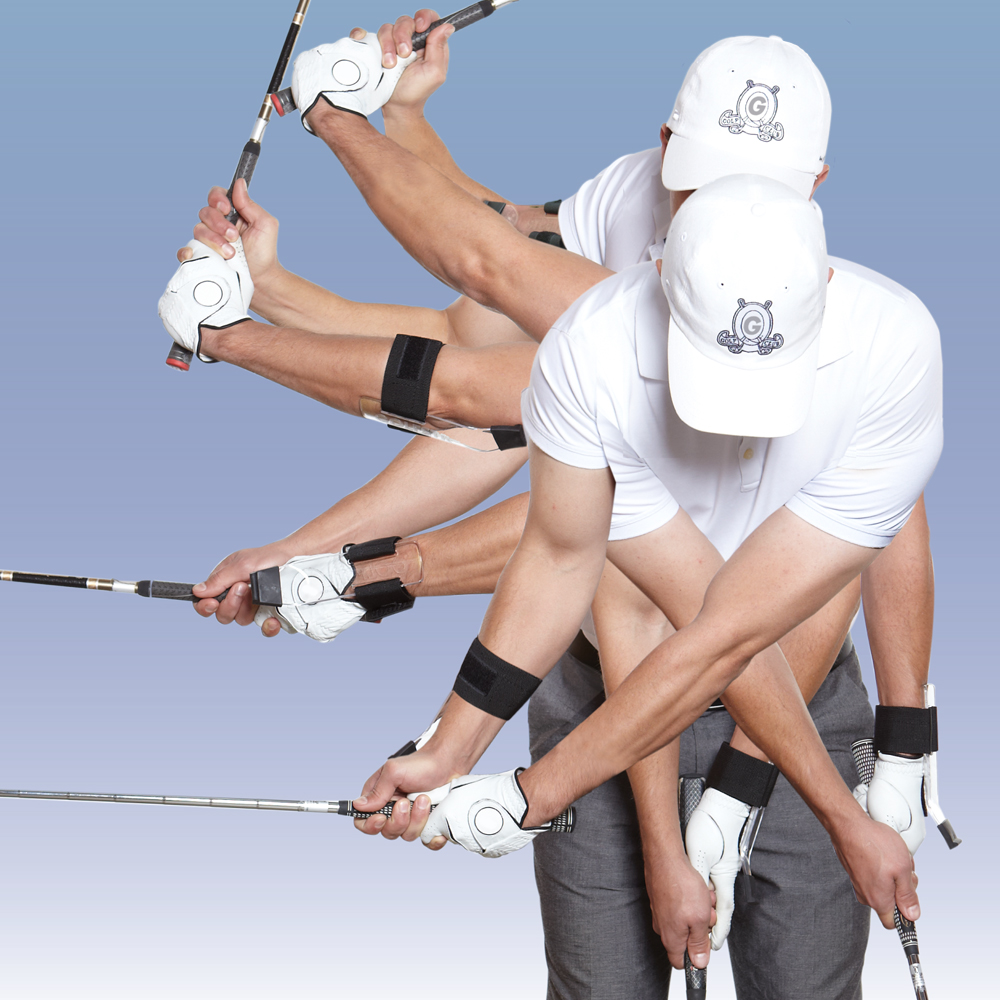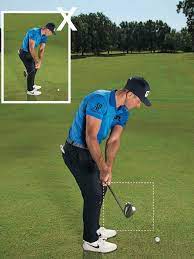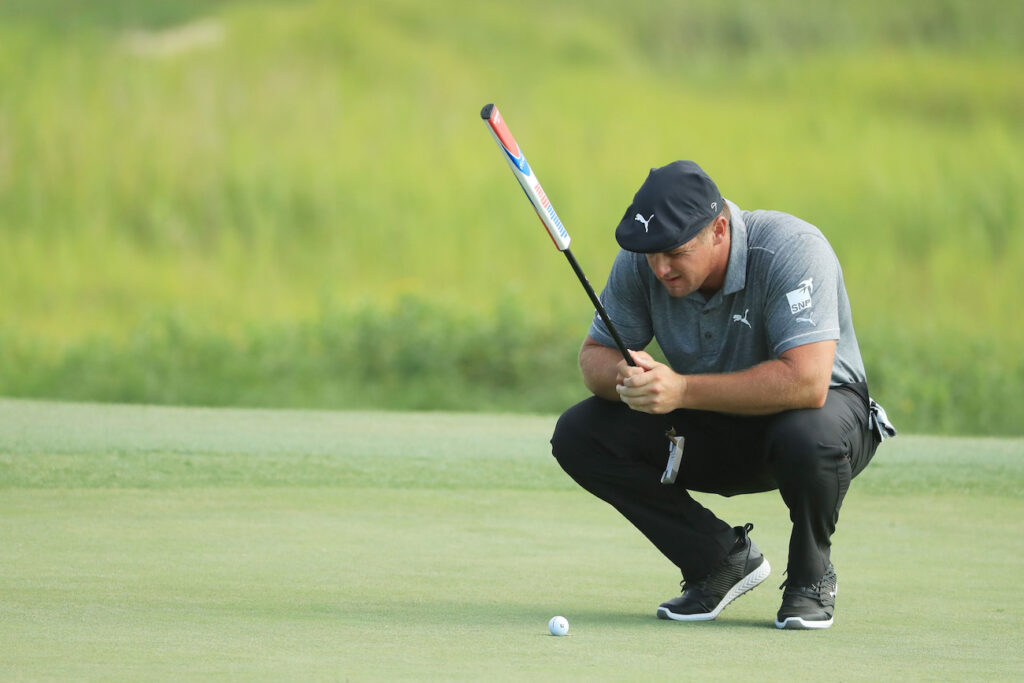Every golfer hits errant shots, and some hit more than others. Wouldn’t it be great to have an easy reminder, like getting a kick in the butt, when your game goes off the rails. Two bad shots in a row are enough to trigger a melt-down. We all tend to knock the poop out of the next shot. The pros have better solution to control their games and so should all of us.
Over the past many years, I have seen golfers like Billy Horschel and Jon Rahm react violently when they miss a shot. Of course, their coaches see this on TV and realize that they can make these examples a real learning point. Blowing up can only ruin your next shot. And possibly the rest of your round. When you mishit your ball, take action and get back on your game.
Whether you make a mishit from a bad lie or a poor tee shot from a perfect setup we all need to reset our minds, get over the mistake, reevaluate our next shot and get on with our game. Compounding an error with another bad shot is not going to help your game. Following are remedies that have been suggested by trainers in GOLF MAGAZINE.
Take These Specific Step for Corrective Action
1/ Admit that You Made a Mistake: Use an abnormal wake-up when you don’t like the outcome for any shot (especially a mishit). You need to pause, calm down and ADMIT TO YOURSELF that you made a mistake. Trainers suggest that you should make an ABNORMAL ACTION like pinching your hand or slapping the flat of your hand on your side to force a pause before you make another stupid shot.
2/ Identify your Mistake: Was it caused by early extension, a poor lie, a wrong club selection, irritation from others talking during your swing or just a rushed backswing causing a poor result? Identify it and take action to correct it.
3/ Take a Corrective Practice Swing: Many pros (like Jim Furyk) will pause and make a perfect practice swing after they identifies their mistake. Focus on your correction during your next practice swing.
Changing your mood from ugly to positive is always the first step that you need to take when CORRECTING your game. Get over it. Life is too short to live it in anger. Practice with GOLFSTR+ to feel the correct swing and improve your game. Buy one today at www.GOLFSTR.com
Golf opinions researched by GOLF blog: #1: “Players should get free relief from divots in the fairway.” Do you agree?












